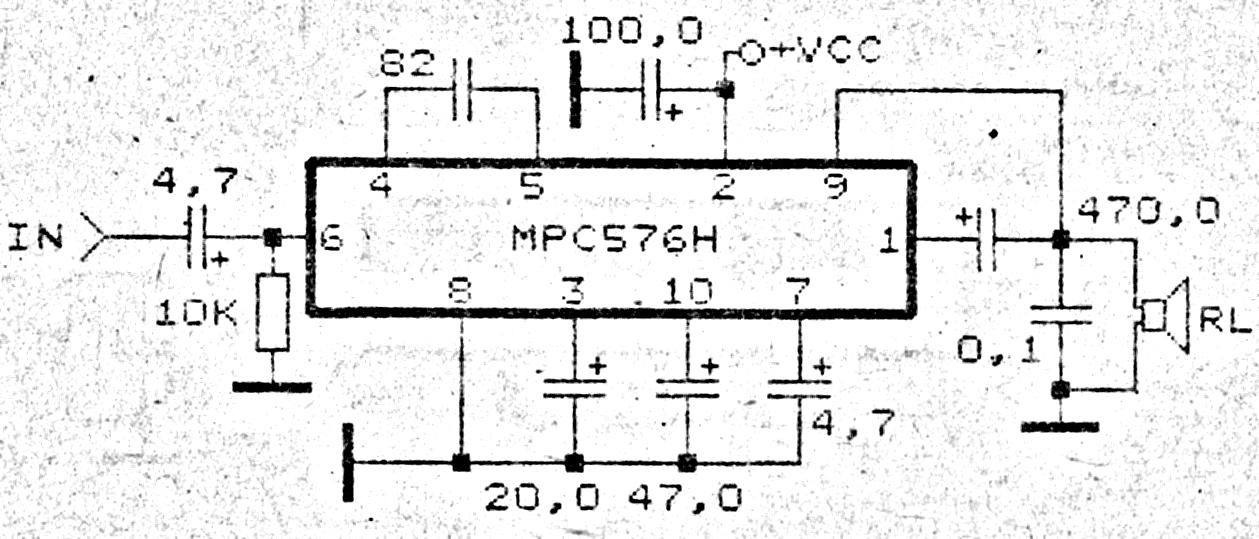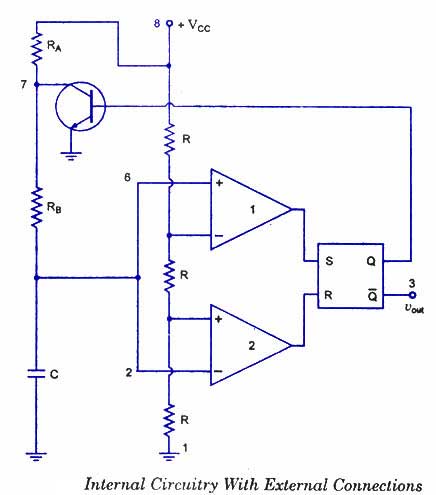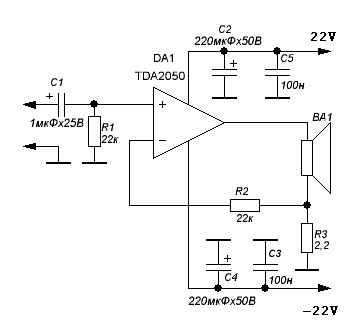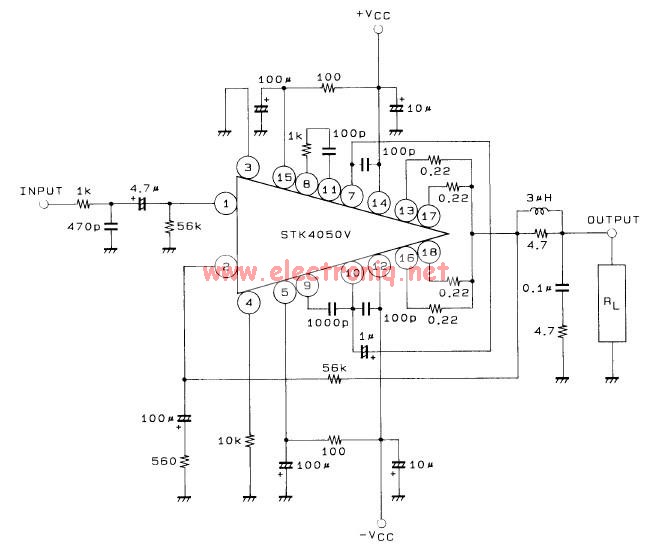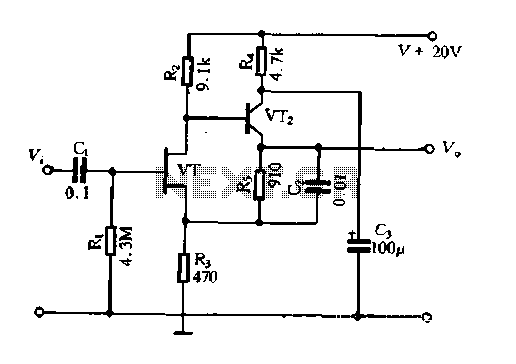
Class D Audio Amplifier Design TDA7498

A few years ago, a decision was made to eventually replace a decades-old Nakamichi stereo system with a more mobile-friendly alternative. It became apparent that Class-D and Class-E switching amplifiers, which had been researched in the 1970s, were experiencing a resurgence. While Tripath's chipsets were no longer available, similar high-quality options were sourced from China. Companies like STMicroelectronics, National Semiconductor, Texas Instruments, and International Rectifier offered promising chips. However, it was observed that the advancements in the understanding of switched amplifiers versus linear amplifiers from the 1970s seemed to be overlooked. Although the chipsets were impressive, the component selection in application designs was often inadequate. Many new chips featured feedback loops that did not account for the output filter circuit, resulting in poorly designed filter networks that hindered amplifier performance. The ST TDA7498 chip was chosen to demonstrate how to design a quality audio amplifier cost-effectively. Since ST did not provide boards for the TDA7498, assembled PCBs were purchased from Sure Electronics on eBay. Although they were advertised as TDA7492 boards, some arrived with TDA7498 chips, while one came with a TDA7492. It was necessary to negotiate with the seller for a board capable of operating above a 24V supply rail. Although the chips were changed using specialized surface mount rework tools, the assemblies from Sure Electronics were identical for both chip versions, with added components for the TDA7498. Initially, there was a reluctance to use Chinese-supplied CPUs, but testing revealed that the TDA7498 from Sure was effectively identical to the full specification TDA7498TR devices purchased from Mouser. Testing uncovered performance issues, as distortion versus frequency measurements with an 8-ohm load did not meet data sheet specifications. Distortion at higher frequencies was significantly higher than predicted, peaking at approximately 3%. The graph indicated that the third harmonic distortion exceeded the audio range, and the second harmonic distortion was also too high to detect. The data sheet masked this phenomenon with excessive smoothing of the curve data. A single component change on the board (per channel) significantly improved performance, reducing maximum high-frequency distortion to about 0.3%. This improvement was achieved by replacing the 1uF X7R ceramic output capacitor with an MKS polyester capacitor of the same value. It is noted that replacing the two input coupling capacitors with 0.47uF-1uF MKS capacitors could further address low-frequency distortion. Additionally, it was suggested to install 1000pF HF bypass capacitors at designated test points for improved circuit performance.
The circuit design and implementation of audio amplifiers using Class-D technology require careful attention to component selection and layout to achieve optimal performance. The TDA7498 chip, designed for high-efficiency audio amplification, operates on a switching principle that allows for reduced power consumption while maintaining sound quality. However, the performance of such amplifiers is heavily influenced by the choice of passive components, particularly capacitors within the signal path.
In the case of the Sure Electronics TDA7498 PCB, the initial choice of ceramic capacitors for the output filter may lead to excessive distortion, particularly at high frequencies. This is due to the behavior of X7R ceramic capacitors, which can exhibit voltage-dependent capacitance changes and non-linear characteristics under high current conditions. By substituting these capacitors with polyester equivalents, the circuit experiences reduced distortion, resulting in a cleaner audio signal.
Furthermore, the importance of bypass capacitors cannot be overstated. Installing high-frequency bypass capacitors at strategic points in the circuit, such as the output pins of the chip, helps to mitigate high-frequency noise and improves the overall stability of the amplifier. This practice enhances the amplifier's ability to deliver a clean and undistorted audio signal, particularly at higher frequencies where distortion can become pronounced.
In conclusion, the design and optimization of Class-D audio amplifiers like those utilizing the TDA7498 chip hinge on a thorough understanding of component interactions and circuit behavior. By applying best practices in component selection and layout, it is possible to achieve high-fidelity audio performance in a compact and efficient amplifier design.A couple of years ago I decided I would (eventually) need to replace my decades-old Nakamichi stereo with something more suited to a mobile lifestyle. It was immediately pretty obvious that the Class-D and E switching amplifiers I had researched in the `70s were experiencing a renaissance.
Tripath had come and gone, but its excellent chipsets rema ined available from China. ST had a few nice chips, as did National Semi, Texas Instruments and IR. I quickly found that the science developed in the `70s, a deep understanding of the differences between switched amplifiers and linear amplifiers, seems to have been forgotten. Sure, the chipsets are really excellent, but the component selection in the application designs seemed to be pretty woeful.
Since most of the new chips have a feedback loop which doesn`t include the output filter circuit, poorly designed filter networks were limiting the performance of most of the amplifier modules commonly available. I have been playing with several chipsets, those which I think have the most potential for value-HiFi, and I am going to use the ST TDA7498 chip to illustrate how not to design a quality audio amplifier, and how inexpensive it can be to design a good one.
ST don`t supply boards for the TDA7498, so I bought some assembled PCBs on Ebay from Sure Electronics (for the princely sum of $22)(#AA-AB32165). Although they were advertised as TDA7492 boards, several arrived with TDA7498 on them, but the last one came with a TDA7492.
So haggle with the seller a little, if you need to operate above a 24V supply rail. I was able to change the chips, but I needed my special surface mount rework tools. SURE assembles these PCBs identically for both CPUs, except that the fan power supply components are added for the TDA7498 version. I initially had resolved not to use any Chinese-supplied CPU on the tutorial boards, but in retrospect, the TDA7498 on the SURE boards turned out to be effectively identical with the full spec TDA7498TR devices I purchased from Mouser.
It didn`t take much testing to discover the first problem with the SURE assemblies. A sweep of distortion vs frequency (8 ohm load) came nowhere near the data sheet specification. The distortion at higher frequencies was ten times what the data sheet predicted, peaking at an unacceptable 3% or so. The big steps at the higher frequencies on my graph occur as the 3rd harmonic goes outside the audio range and eventually as the 2nd harmonic also become too high to detect.
The data sheet graph shows the same phenomenon, but it is masked by excessive smoothing of their curve data. To demonstrate how important it is to carefully design an audio system, the change of just one component on the board (per channel) largely corrects this problem, bringing performance much closer to what I had expected to be buying: This transformation to a maximum HF distortion level of about 0.
3% was achieved by replacing the 1uF X7R ceramic output capacitor (surface mount C14, C18) with an MKS polyester capacitor of the same value. Click here for a Maxim application note describing the problem with using X7R ceramic capacitors in high current circuitry.
Referring to a copy of the schematic for the TDA7498 SURE circuit board, it is interesting to note that SURE using the other two ceramic capacitors in the output filter (C15, C16, C19, C20) has had a much smaller impact on circuit distortion (as we will see in a later section of this tutorial). You might choose to replace the two input coupling capacitors (C21, C22) with 0. 47uF-1uF MKS to deal with that extra low frequency distortion (discussed in the Maxim application note).
And while we are at it, why don`t we replace the other parts that SURE left off their assemblies TP5 and TP6 are convenient places to put the 1000pf HF bypass capacitors from chip pins 22 and 32 to ground (scrape away a little of the green solder mask from ground plane for the grou 🔗 External reference
The circuit design and implementation of audio amplifiers using Class-D technology require careful attention to component selection and layout to achieve optimal performance. The TDA7498 chip, designed for high-efficiency audio amplification, operates on a switching principle that allows for reduced power consumption while maintaining sound quality. However, the performance of such amplifiers is heavily influenced by the choice of passive components, particularly capacitors within the signal path.
In the case of the Sure Electronics TDA7498 PCB, the initial choice of ceramic capacitors for the output filter may lead to excessive distortion, particularly at high frequencies. This is due to the behavior of X7R ceramic capacitors, which can exhibit voltage-dependent capacitance changes and non-linear characteristics under high current conditions. By substituting these capacitors with polyester equivalents, the circuit experiences reduced distortion, resulting in a cleaner audio signal.
Furthermore, the importance of bypass capacitors cannot be overstated. Installing high-frequency bypass capacitors at strategic points in the circuit, such as the output pins of the chip, helps to mitigate high-frequency noise and improves the overall stability of the amplifier. This practice enhances the amplifier's ability to deliver a clean and undistorted audio signal, particularly at higher frequencies where distortion can become pronounced.
In conclusion, the design and optimization of Class-D audio amplifiers like those utilizing the TDA7498 chip hinge on a thorough understanding of component interactions and circuit behavior. By applying best practices in component selection and layout, it is possible to achieve high-fidelity audio performance in a compact and efficient amplifier design.A couple of years ago I decided I would (eventually) need to replace my decades-old Nakamichi stereo with something more suited to a mobile lifestyle. It was immediately pretty obvious that the Class-D and E switching amplifiers I had researched in the `70s were experiencing a renaissance.
Tripath had come and gone, but its excellent chipsets rema ined available from China. ST had a few nice chips, as did National Semi, Texas Instruments and IR. I quickly found that the science developed in the `70s, a deep understanding of the differences between switched amplifiers and linear amplifiers, seems to have been forgotten. Sure, the chipsets are really excellent, but the component selection in the application designs seemed to be pretty woeful.
Since most of the new chips have a feedback loop which doesn`t include the output filter circuit, poorly designed filter networks were limiting the performance of most of the amplifier modules commonly available. I have been playing with several chipsets, those which I think have the most potential for value-HiFi, and I am going to use the ST TDA7498 chip to illustrate how not to design a quality audio amplifier, and how inexpensive it can be to design a good one.
ST don`t supply boards for the TDA7498, so I bought some assembled PCBs on Ebay from Sure Electronics (for the princely sum of $22)(#AA-AB32165). Although they were advertised as TDA7492 boards, several arrived with TDA7498 on them, but the last one came with a TDA7492.
So haggle with the seller a little, if you need to operate above a 24V supply rail. I was able to change the chips, but I needed my special surface mount rework tools. SURE assembles these PCBs identically for both CPUs, except that the fan power supply components are added for the TDA7498 version. I initially had resolved not to use any Chinese-supplied CPU on the tutorial boards, but in retrospect, the TDA7498 on the SURE boards turned out to be effectively identical with the full spec TDA7498TR devices I purchased from Mouser.
It didn`t take much testing to discover the first problem with the SURE assemblies. A sweep of distortion vs frequency (8 ohm load) came nowhere near the data sheet specification. The distortion at higher frequencies was ten times what the data sheet predicted, peaking at an unacceptable 3% or so. The big steps at the higher frequencies on my graph occur as the 3rd harmonic goes outside the audio range and eventually as the 2nd harmonic also become too high to detect.
The data sheet graph shows the same phenomenon, but it is masked by excessive smoothing of their curve data. To demonstrate how important it is to carefully design an audio system, the change of just one component on the board (per channel) largely corrects this problem, bringing performance much closer to what I had expected to be buying: This transformation to a maximum HF distortion level of about 0.
3% was achieved by replacing the 1uF X7R ceramic output capacitor (surface mount C14, C18) with an MKS polyester capacitor of the same value. Click here for a Maxim application note describing the problem with using X7R ceramic capacitors in high current circuitry.
Referring to a copy of the schematic for the TDA7498 SURE circuit board, it is interesting to note that SURE using the other two ceramic capacitors in the output filter (C15, C16, C19, C20) has had a much smaller impact on circuit distortion (as we will see in a later section of this tutorial). You might choose to replace the two input coupling capacitors (C21, C22) with 0. 47uF-1uF MKS to deal with that extra low frequency distortion (discussed in the Maxim application note).
And while we are at it, why don`t we replace the other parts that SURE left off their assemblies TP5 and TP6 are convenient places to put the 1000pf HF bypass capacitors from chip pins 22 and 32 to ground (scrape away a little of the green solder mask from ground plane for the grou 🔗 External reference
